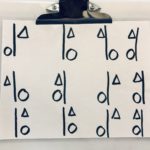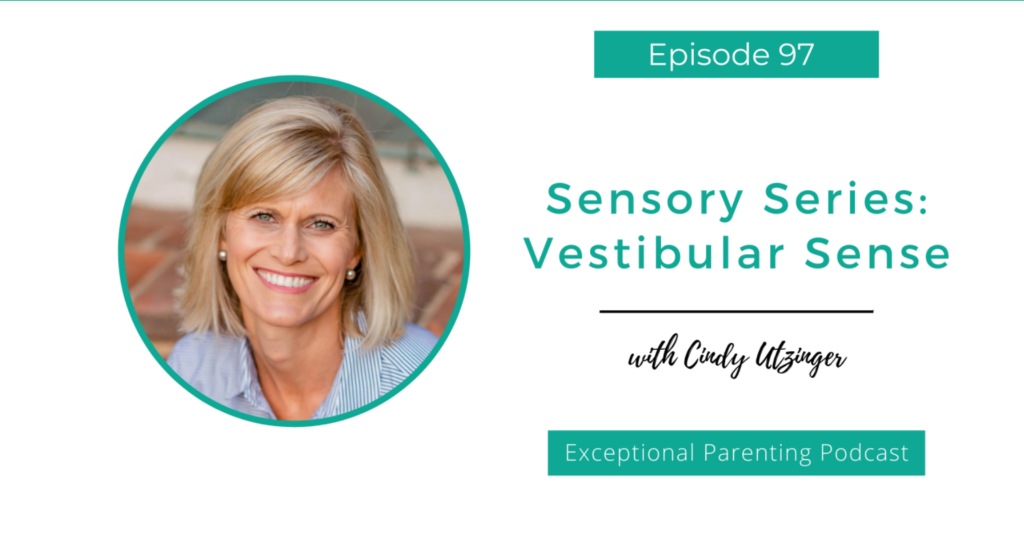I wanted to write this blog because activities to improve right brain-left brain communication are hands down the most beneficial tool I have in my tool box as a pediatric Occupational Therapist. I have seen major light bulbs go off for children leading to leaps in skill development after working to improve this communication.
Let me explain.
In case you didn’t know, we have two brains. If we didn’t, we would hop around like a kangaroo. Our two brains are what allows us to move our left foot forward to take a step while simultaneously swinging our right arm forward.
Our two brains our better known as the right brain and the left brain. No matter what we are engaged in-reading, writing, art, sports-each brain (or hemisphere) is at work and is playing its own vital role for us to reach success.
Each hemisphere of the brain has its own specialized functions. The left brain is better at logic, language, critical thinking, numbers, facts, and reasoning. The right brain’s strengths are recognizing faces, music, color, imagination, rhythm, intuition, creativity, and both expressing and reading emotions.
True success takes place when the right brain and left brain are working together as they should
This communication takes place via the “highway” that travels from one brain to the other. That highway is called the corpus callosum. This is especially important because the right side of the brain controls movement on the left side of the body and vice versa.
Problems arise when the two sides of our brain are not communicating, and we end up coming at life primarily from one hemisphere or the other. In order to live balanced, meaningful, and creative lives, it is crucial that both hemispheres are working together.
In fact, David Siegel and Tina Payne Bryson say that using only the right or the left brain would be like trying to swim using only one arm. We might be able to do it, but we would be a lot more successful – and avoid going in circles – if we used both arms together.
Whether we are thinking logically or creatively, we are using our right brain and left brain.
Most cognitive processes involve both sides of the brain. Whether we are working on math or having a conversation, our skills are strongest when both hemispheres of the brain are working together. For example, the left brain handles mathematical equations, but the right brain helps with comparisons and rough estimates. When involved in conversation, the left brain handles language, but the right brain helps us to understand context and tone.
This leads us to a great tool to use to help our children.
Whether our children struggle with reading, auditory processing disorders, language delays, or other learning problems or our children just have some “quirks”, they will be greatly aided by activities to improve the communication between the right brain and left brain.
What are some activities to improve right brain-left brain communication?
I’m so glad you asked. Let me share some ideas of activities that I use with children in the clinic and my own children.
Cross-crawl– I like to call this the “lizard”. Have your child lay on their stomach with their head turned in one direction. Whichever way they are facing, have them bend that elbow and knee to a 90 degree angle while the opposite arm and leg are straight down by their side. Then, have them turn their head (moving nothing else). Pause for 5 seconds. Then, straighten the bent arm and leg that are bent and bend the arm and leg on the side they are now facing. Repeat. As they gain skills with this, they can speed it up. (See video for demonstration)

See-think-do– Draw a series of lines on a paper and put an triangle either on the left side of the line, right side of the line, or on the line. If the triangle is on the left side of the line, they raise their left arm, right side of the line, right arm, and on the line, they raise both arms. You can also do this same exact thing but with stomping the corresponding foot. Once they get good at this, I draw a triangle for the arm and a circle for the leg. If the circle is on the left side of the line and the triangle is on the right side of the line, they would stomp their left leg and raise their right arm. This is also a great activity for body awareness and left/right awareness. (See video for demonstration)

Think-say-do– Draw circles, squares, and triangles mixed up on a piece of paper. Circle symbolizes clap, square symbolizes jump, and triangle symbolizes raise your hands. Have your child go through and when they see a circle they will say “clap” and clap their hands. When they see a square, they will say “jump” and jump, and for triangle they will say “raise your hands” and raise their hands. Get it? They have to think it, say it, and do it. One side of the brain wants to say the name of the shape, but the other side needs to jump in to say the action associated with it. (See video for demonstration)
Color chart– Write out the name of colors with different color markers (not using the same color marker for the color word you are writing). Have your child go through and read the words that are written. Once they have done that, have them go back from the beginning and read the color marker the word was written in instead of reading the word. One side of the brain wants to read the word and one wants to read the color so the hemispheres have to battle it out.
Right/left body exercises– I like to do these to the beat of a metronome because that increases the mind-body connection. You can download a metronome app on your phone. I do these exercises to a beat of about 35 beats per minute (because our kids don’t have a hard time moving fast but usually have a hard time moving slowly). I will have kids do a variety of exercises that involve using the right arm and left leg and vice versa. Some examples of this are:
- Tap your left foot with your right hand then right foot with your left hand
- Touch your left knee with your right elbow then right knee with left elbow
- Bring your right foot forward and raise your right arm out in front of you then switch
- Bring your left foot behind your right knee (making the number 4) and tap it with your right hand, switch sides
- In a hands and knees crawling position, raise right arm in front of you and kick left leg out behind you, switch
If your child is having a hard time with this, draw a shape (ex. a circle) on their right hand and left foot and a different shape (ex. a square) on their left hand and right foot. Your instructions can then be touch your circles together then touch your squares together. This is a great way to start this activity with younger children or children who struggle with this.
Just FYI, do these activities alongside your kids. I think we all could benefit from a little brain work!!



